For unique experience-seeking travelers, the northern islands of Romblon present a blend of coastal landforms fitting for nature tourism. Exploring the coastal wonders of this region revealed how geological processes had shaped the islands and the beaches, while the land had shaped the people and their culture.
Most common sights are either craggy or pebbly coasts, which have been shaped and sculpted by waves and wind over millions of years thru erosion, weathering and tectonic upheavals giving clues to Romblon’s geologic past. Combination and progression of these geologic systems gradually shaped the coasts, forming stunning landforms, such as colored beaches, headlands; bays, arches; gorges and steep cliffs as well as spits, and marshes. These natural features added splendor to the naturally beautiful landscape of Romblon, particularly in the islands of Corcuera, Concepcion, and Banton.
Notable landmarks include the hanging cliffs with wave-cut notches of Barangays San Roque and Alegria, Municipality of Corcuera, and Barangays Poblacion and San Pedro, Municipality of Concepcion; Siki it Elepante (Elephant feet) of Brgy. Labnig, Corcuera; sea arc, stumps and stacks of Brgy. Colongcolong, Corcuera; brecciated rocks of Barangays Togong and Banice, Municipality of Banton; vertical walls and towering rock formations of Barangays San Pedro and Poblacion, Municipality of Concepcion; among others.
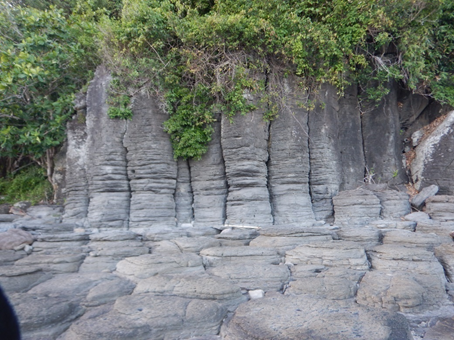
Photo 1.Siki it Elepante along barangay Labnig
Siki it Elepante (Photo 1) is composed of columns of light gray to whitish volcanic rocks (porphyritic andesite) probably belonging to the Middle Pliocene Banton Volcanics (approximately 3.5 million years old) which apparently resemble large elephant feet. This remarkable landscape, which is the most photographed beach in the island, was subjected to columnar jointing in the past which was later molded by crashing waves and agents of weathering to what it is now.
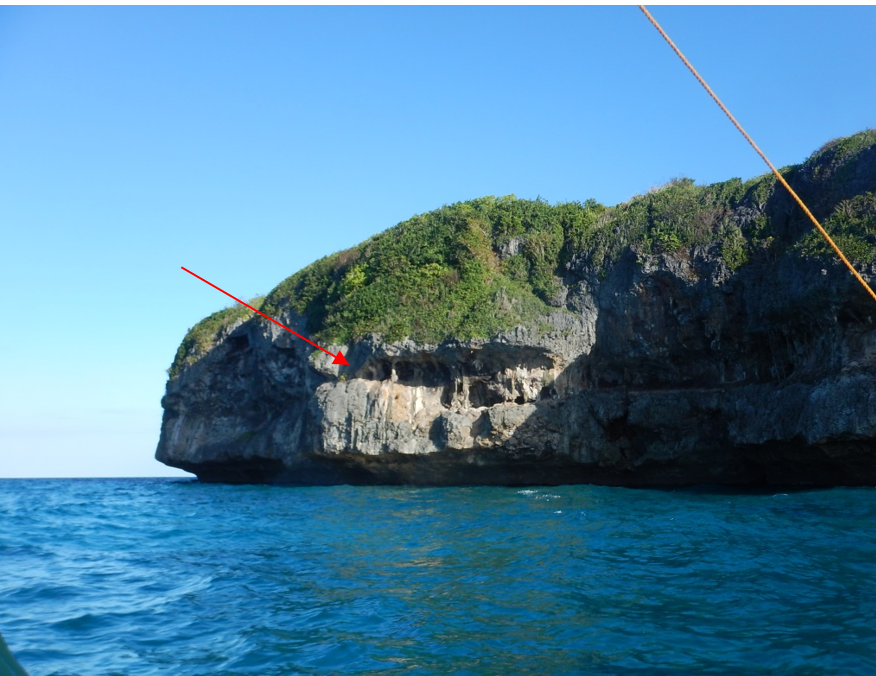
Photo 2. Limestone formations along the coast of Barangay Alegria, Corcuera
Rising above the calm turquoise waters of Barangay Alegria, Corcuera is this sun-dappled limestone formation with the notched base forming hanging cliffs (Photo 2). Other levels of notches in the upper portion of the limestone are wave cuts probably indicating ancient shorelines of the island (indicated by arrow). This means that this rock formation has been lifted up from the sea through a series of tectonic uplifts and probably fall of sea level.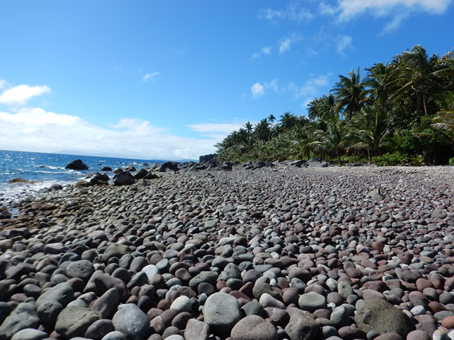
Photo 3. Rocky to gravelly beach in Barangay Tumalum, Banton.
Strong waves surrounding the coasts also resulted in the formation of a rocky to gravelly beach in Barangay Tumalum in Banton. This picture perfect landscape is dominated by rounded and moderately sorted boulders and gravels transported and deposited by strong waves (Photo 3).
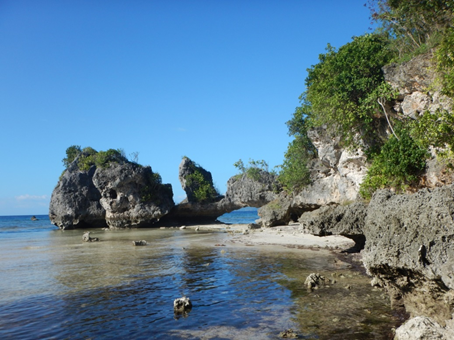
Photo 4. A sea arch at Barangay Colongcolong in Corcuera.
Outcropping in the northern side of the Island of Corcuera is a natural archway with hanging cliffs formed thru the process of uplift and erosion (Photo 4). Low tide is an interesting time to visit the place where you can see prominent notches of the cliff, appreciate picturesque caves and wander over the top of the cliff. At low tide, notches of the limestone are more prominent.
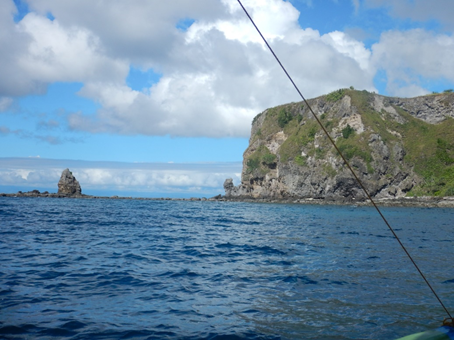
Photo 5.Towering rock formations near Poblacion of Concepcion, Romblon
Standing tall along the coastal area near Poblacion in Concepcion are steep vertical walls and boulders of clastic rocks (Photo 5).
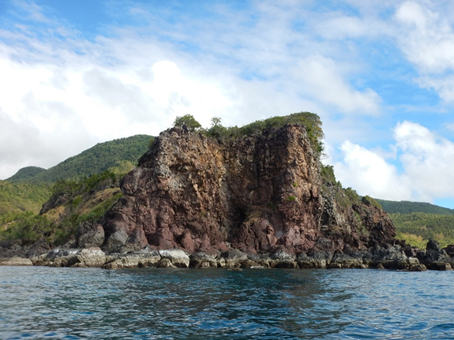
Photo 6. Rocky promontory in Barangay Banice, Banton
Rocky promontory crops out at Barangay Banice, southern portion of Banton (Photo 6), and it is apparently composed of crumpled brecciated volcanic rocks. This landscape represents resistant headlands able to withstand weathering and erosion despite long years of exposure to strong wind and waves.
While these coastal features are looked-up for their beauty and splendor, they also serve as an important shield in protecting the coastal communities of Romblon. Results of MGB’s assessment of these islands showed that these features can protect the people of the islands against the harmful impacts of climate change and typhoons.
